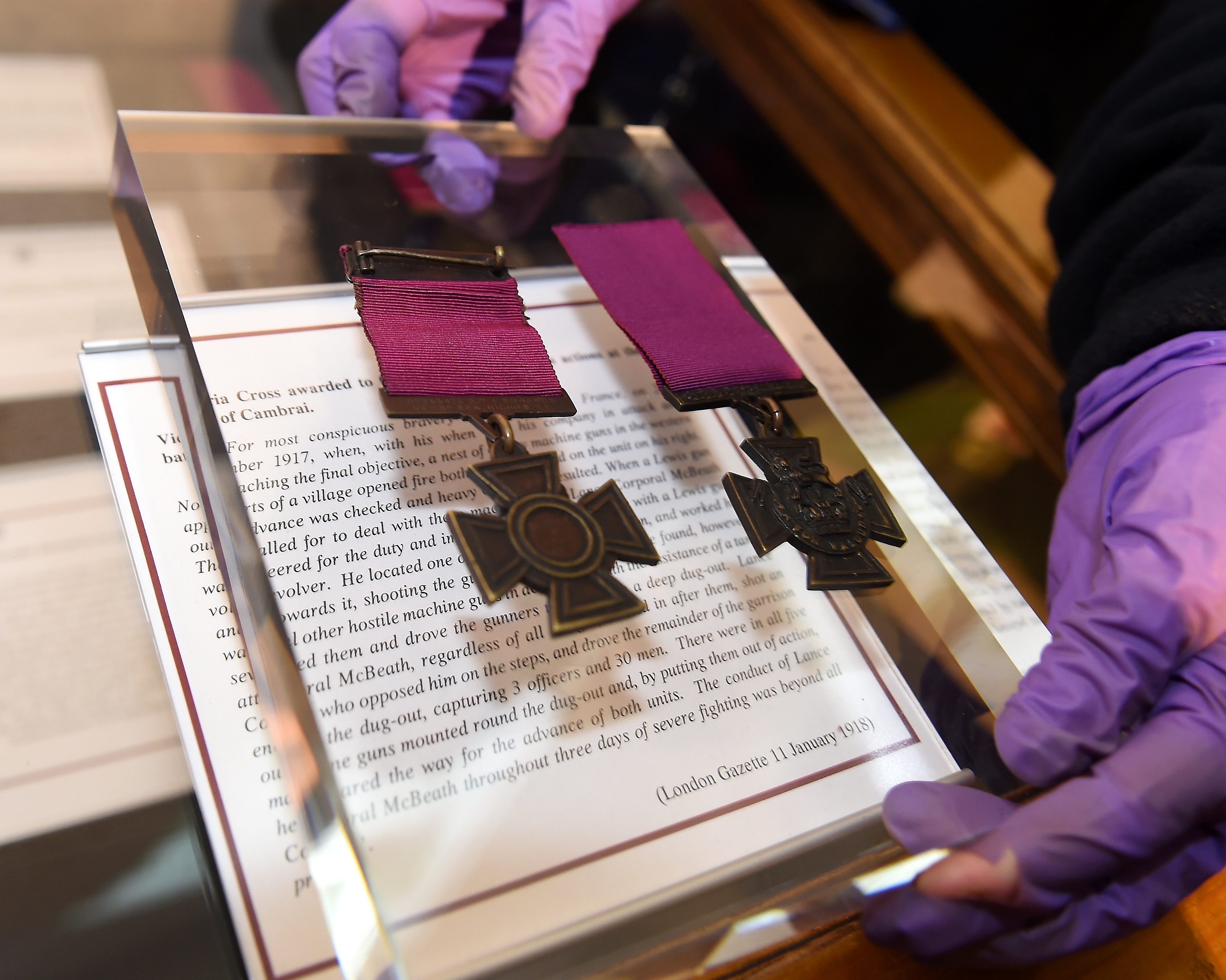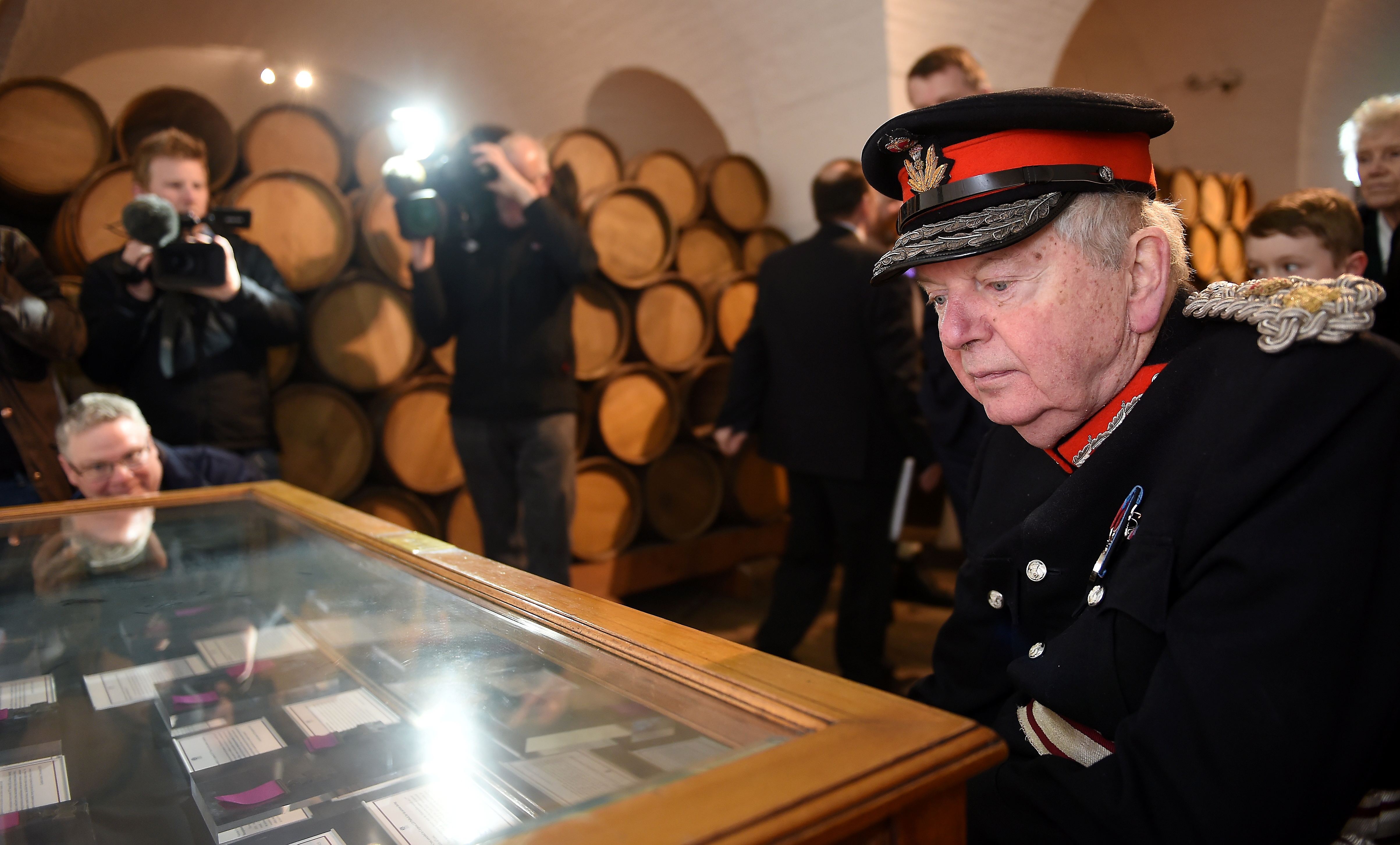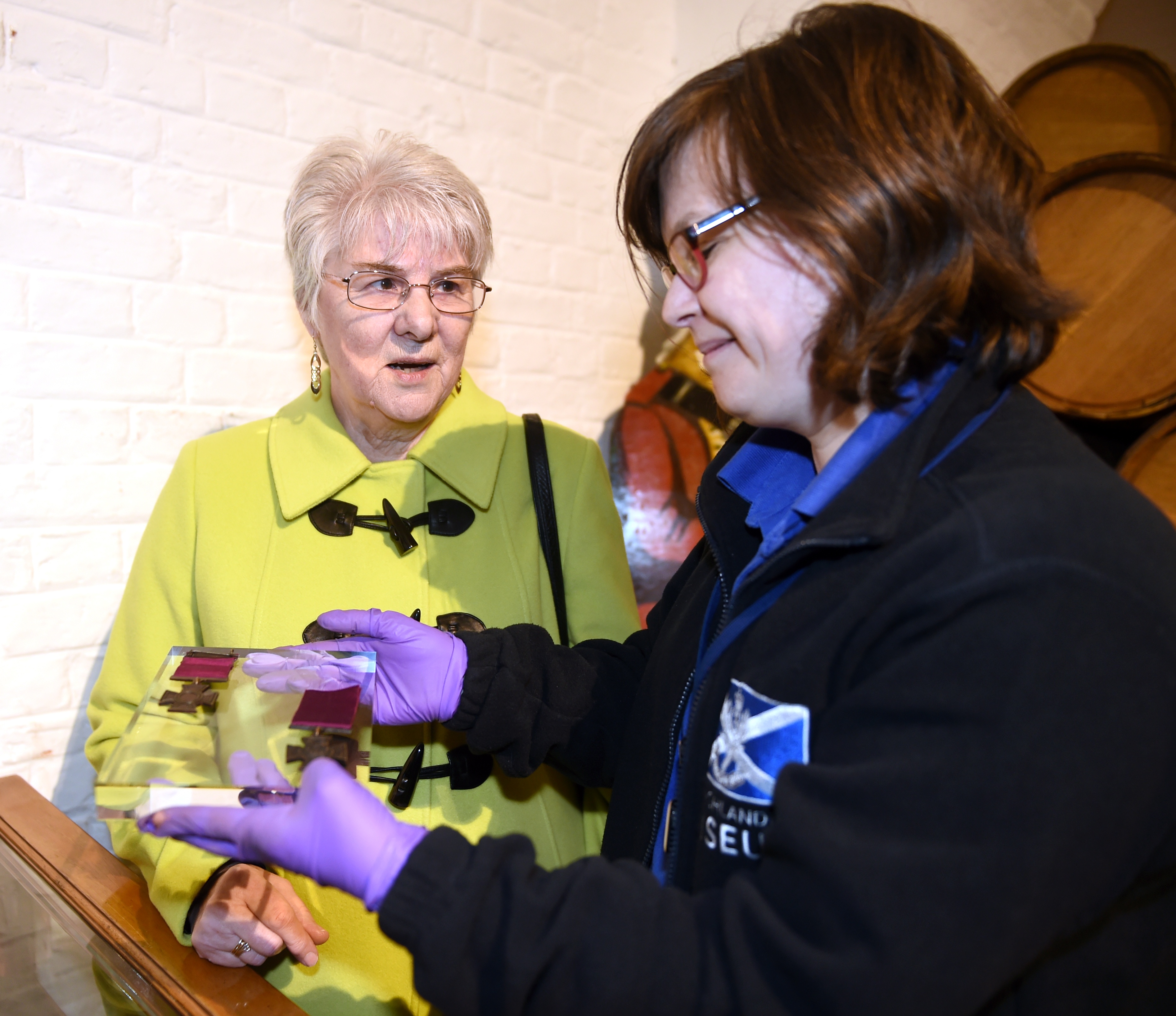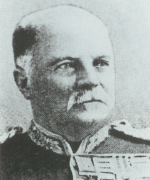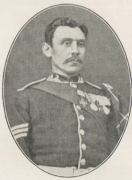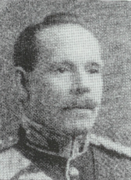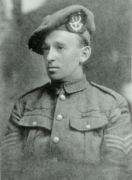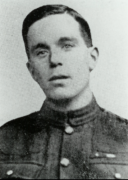A north museum has unveiled a special exhibition of 16 original Victoria Crosses awarded to Highlanders, Seaforths and Camerons down the generations.
Military delegates and direct descendants gathered yesterday as the prestigious medals were gathered and put on display in the Highlanders’ Museum at Fort George.
The VC is the highest award given to members of the British Armed Forces.
In total, 1,358 Victoria Crosses have been awarded since the medal’s inception by Queen Victoria in 1857.
Major Maurice Gibson, chairman of the Highlanders Museum and Donald Cameron, Lord Lieutenant of Inverness-shire, addressed the gathered audience in the Grand Magazine of the military barracks, speaking of the “conspicuous bravery” shown by all 16 recipients of the major honour.
Previously only replicas of the famed medals have been showcased, but now following a £2.9 million revamp of the museum, which was completed in 2013, stronger security has allowed for the genuine item to now go on display.
Lord Lieutenant Cameron said: “It is amazing that there are people who are descendants of those who were awarded the Victoria crosses here, I think it makes it much more poignant and I am just amazed by the bravery of these people.
“It was fantastic to unveil the crosses today and there is one Cameron there who I am extremely proud of. It truly is a remarkable collection.”
Mr Cameron commended the formal ceremony, emphasising the unique opportunity the museum display has for allowing members of the public to visually see first-hand what their forefathers gave during war time.
Maurice Gibson added: “For us as a museum it is a real milestone. We have recently upgraded the museum and these fantastic Victoria Crosses have been locked away in a safety deposit box for the last 40 years, and they were put away for very good reasons.
“But we have upgraded the museum, we are in a secure environment and it is just the right thing to do, and I am just so grateful to the board and the trustees who own the collection that these have been allowed to be put back in here.
“It is hugely important to have this sort of prominence and history in our museum and we are so fortunate to have 16 of the 22 awarded to antecedent service persons from the Highlanders, and that is just pretty unique.”
Direct descendents of some of the Victoria Cross winners were present yesterday to get an up close and personal encounter with their relatives greatest honours.
Marjorie Buntin, great niece of Lance Corporal Robert McBeath of the Seaforth regiment, said: “You actually think what was going through his mind. He wasn’t thinking of his own safety and he went in there and he did what he had to do. As a member of the family you think what a silly thing to do but he was very brave on his own just to go in, albeit he did have a tank with him.
“His whole life was a story from the day he was born. He was illegitimate, my great grandmother couldn’t look after him, so she gave him away and a single woman from Kinlochbervie took him home. We think because he was a boy he would help her brother his croft.
“He lied about his age to join up. He went to France where he was wounded and sent home but he went back again and that’s when he did the thing at Cambrai and won the medal.
“He came home, got married and went back to Kinlochbervie but it was too dull for him so he went to Canada and Vancouver and joined the police force there, and he was shot in the line of duty. He was 22 years old, so a lot in such a short life.
“When we found out each thing that came up, new information was another surprise. And it was just a nice journey throughout his life. I would’ve loved to have met him but that is never going to happen.
“It was quite an honour and to see it (his Victoria Cross) so close and I am very proud.”
Herbert Taylor MacPherson, Lieutenant and Adjutant of the 78th Highlanders. Born in Ardersier.
The action took place during the advance of Major General Henry Havelock’s column to relieve the garrison of the besieged city of Lucknow.
His citation reads: “For distinguished conduct at Lucknow on 25th September 1857 in setting an example of heroic gallantry to the rest of the regiment at the period of the action in which they captured two brass 9-pounders at the point of the bayonet.”
George Sellar, Lance Corporal of the 72nd Highlanders. Born in Keith.
Lance Corporal Sellar was awarded the VC for bravery during operations against the Afghans around Kabul. Major General Frederick Roberts VC watched through his spyglass an attack by the 72nds on the Asmai heights and witnessed the event.
His citation reads: “For conspicuous gallantry displayed by him at the assault on the Asmai Heights round Kabul on the 14th December 1879, in having, in a marked manner, led the attack under a heavy fire and dashing on in front of the party up the slope engaged in a desperate conflict with an Afghan who sprang out to meet him.
“In this encounter, Lance Corporal Seller was severely wounded.”
John MacKenzie, Major of the 2nd Seaforth. Born in Lochluichart near Garve.
Sergeant Mackenzie was awarded the VC during the 5th Ashanti War, while seconded from 2nd Seaforth to the West Africa Frontier Force.
His citation reads: “On 6th June 1900, at Doompassi, in Ashanti, Sergeant Mackenzie, after working two Maxim guns under a hot fire, and being wounded while doing so, volunteered to clear the stockades of the enemy, which he did in a most gallant manner, leading the charge himself, and driving the enemy headlong into the bush.”
2nd Lieutenant Mackenzie received the VC from King Edward VII at St James’s Palace on 12 April 1901.
Alexander Edwards, Sergeant of the 6th Seaforth. Born in Lossiemouth.
Sergeant Edwards was awarded the VC during the advance of the 1/6 Seaforth at the third Battle of Ypres.
His citation reads: “For most conspicuous bravery in action north of Ypres, Belgium, on 31st July/1st August 1917, when, having located a machine gun in a wood, he with great dash and courage led some men against it; killed all the team and captured the gun. Later when a sniper was causing casualties he crawled out to stalk him, and although badly wounded in the arm, went on and killed him.
“One officer only was now left with the company and, realising that the success of the operation depended on the capture of the further objective, Sergeant Edwards, regardless of his wound, led his men on till the objective was captured. He subsequently showed great skill in consolidating his position and very great daring in personal reconnaissance, Although twice wounded on the following day, this very gallant Non-commissioned Officer maintained throughout a complete disregard for personal safety, and his high example of coolness and determination engendered a fine fighting spirit among his men.”
Sergeant Edwards received the VC from King George V at Buckingham Palace, 26 September 1917.
Lance Corporal Robert McBeath was awarded the VC for his bravery during the attack by 1/5 Seaforth at the Battle of Cambrai.
His citation reads: “For most conspicuous bravery west of Cambrai, France, on 20th November 1917, when with his company in attack and approaching the final objective, a nest of enemy machine guns in the western outskirts of a village opened fire both on his unit and on the unit on his right. The advance was checked and heavy casualties resulted.
“When a Lewis gun was called for to deal with these machine guns, Lance Corporal McBeath volunteered for the duty and immediately moved off alone with a Lewis gun and revolver. He located one of the machine guns in action, and worked his way towards it, shooting the gunner with his revolver. He found, however, several other hostile machine guns in action and, with the assistance of a tank, attacked them and drove the gunners to ground in a deep dug-out.
“Lance Corporal McBeath, regardless of all danger, rushed in after them, shot an enemy who opposed him on the steps and drove the remainder of the garrison out of the dug-out, capturing 3 officers and 30 men. There were in all five machine guns mounted around the dug-out and, by putting them out of action, he cleared the way for the advance of both units.
“The conduct of Lance Corporal McBeath throughout three days of severe fighting was beyond all praise.”
